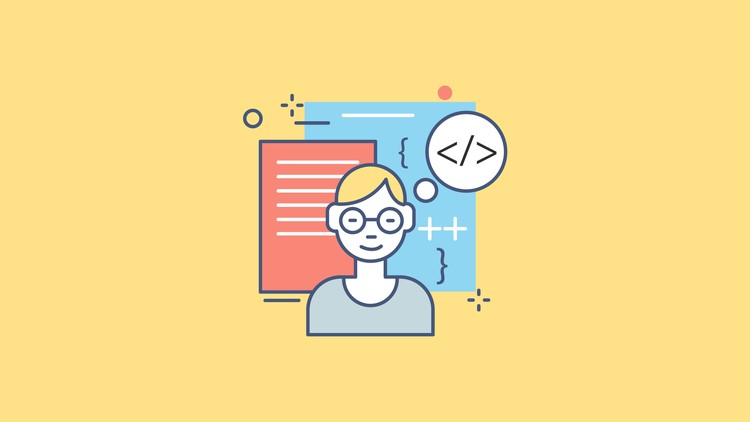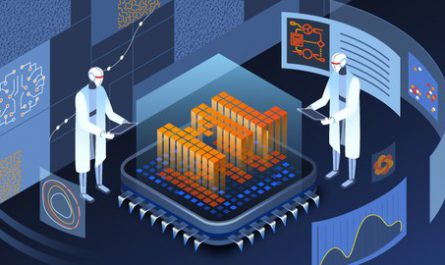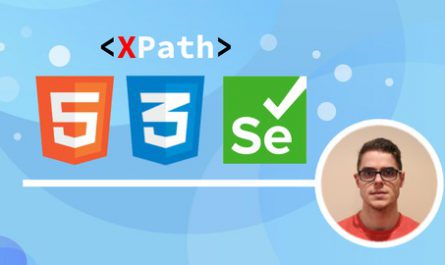
Description
Unlike supervised machine learning, unsupervised machine learning methods cannot be applied to a regression or a classification problem as you have no idea what the values for the output data might be, making it impossible for you to train the algorithm the way you normally would. This is the world of unsupervised learning, called as such because you are not guiding, or supervising, the pattern discovery by some prediction task, but instead uncovering hidden structure from unlabeled data. Unsupervised learning is used for discovering the underlying structure of the data and encompasses a variety of techniques in machine learning, from clustering to dimension reduction to matrix factorization. This course explains the most important Unsupervised Learning algorithms using real-world examples of business applications in Python code.
This comprehensive 2-in-1 course is a friendly guide that takes you through the basics of Unsupervised Learning. It is packed with step-by-step instructions and working examples! Initially, you’ll select and apply key Unsupervised Learning methods to discover hidden structure in data, in particular: Conduct, interpret and visualize market basket analysis on transaction data. Implement, evaluate and visualize the results of cluster algorithms. Finally, solve any problem you might come across in Data Science or Machine Learning using Unsupervised Learning!
By the end of the course, you’ll apply clustering and dimensionality reduction in Machine Learning using Python as well as Master Unsupervised Learning to solve real-world problems!
Contents and Overview
This training program includes 2 complete courses, carefully chosen to give you the most comprehensive training possible.
The first course, Hands-On Unsupervised Learning with Python, covers usage of Python to apply market basket analysis, PCA and dimensionality reduction, as well as cluster algorithms. This course explains the most important Unsupervised Learning algorithms using real-world examples of business applications in Python code. This course will allow you to utilize the Principal Component Analysis, and to visualize and interpret the results of your datasets such as the ones in the above description. You will also be able to apply hard and soft clustering methods (k-Means and Gaussian Mixture Models) to assign segment labels to customers categorized in your sample data sets. After watching this course, you will know how to apply the basic principles of Unsupervised Learning using Python.
The second course, Mastering Unsupervised Learning with Python, covers mastering advanced clustering, topic modeling, manifold learning, and autoencoders using Python. In this video course you will understand the assumptions, advantages, and disadvantages of various popular clustering algorithms, and then learn how to apply them to different datasets for analysis. You will apply the Latent Dirichlet Allocation algorithm to model topics, which you can use as an input for a recommendation engine just like the New York Times did. You will be using cutting-edge, nonlinear dimensionality techniques (also called manifold learning)—such as T-SNE and UMAP—and autoencoders (unsupervised deep learning) to assess and visualize the information contained in a higher dimension. You will be looking at K-Means, density-based clustering, and Gaussian mixture models. You will see hierarchical clustering through bottom-up and top-down strategies. You will go from preprocessing text to recommending interesting articles. Through this course, you will learn and apply concepts needed to ensure your mastery of unsupervised algorithms in Python. By the end of this course, you will have mastered the application of Unsupervised Learning techniques and will be able to utilize them in your Data Science workflow—for instance, to extract more informative features for Supervised Learning problems. You will be able not only to interpret results but also to enhance them.
By the end of the course, you’ll apply clustering and dimensionality reduction in Deep Learning using Python as well as Master Unsupervised Learning to solve real-world problems!
About the Authors
- Stefan Jansen is a data scientist with over 15 years of industry experience in fintech, investment, as well as an advisor to international organizations, Fortune 500 companies, and startups focusing on data strategy, predictive analytics, and machine & deep learning. As a partner in an international investment firm, he used supervised and unsupervised learning to develop investment strategies, manage risks, and evaluate performance. He has also applied a broad range of machine learning techniques to forecast demand, price products, and segment and target customers. He has also used natural language and deep learning for image recognition. He holds master degrees in quantitative economics and finance from Harvard University and Free University Berlin and is a CFA charter holder. He has been teaching Data Science at General Assembly (recently acquired for $420m by Adecco) for over two years, is a DataCamp instructor for Finance & Python with over 15,000 students, and is the author of ‘Hands-on Unsupervised Learning’ and ‘Mastering Unsupervised Learning’ by Packt.
Who this course is for:
- Analysts and Data Scientists who want to understand key applications of Unsupervised Learning from both a conceptual and practical point of view.
Requirements
- Prior Python programming experience is a requirement, and experience with data analysis and Lachine Learning analysis will be helpful.
Last Updated 11/2018
Download Links
Direct Download
Unsupervised Learning with Python: Step-by-Step Tutorial!.zip (5.3 GB) | Mirror
Torrent Download
Unsupervised Learning with Python: Step-by-Step Tutorial!.torrent (128 KB) | Mirror


